English is a complex language in which different words are used for the same concept. This can cause confusion and even offence as different English-speaking areas of world use the words differently.
When it comes to relieving yourself, you don’t want to come across as rude when asking for directions to the nearest facility, but you also need people to understand what you are asking when you are in a hurry!

Bathroom, restroom, washroom, toilet, lavatory, powder room, water closet, loo, dunny, and Gents & Ladies all refer to rooms containing toilets and basins. Bathrooms, washrooms, and water closets can mean rooms also containing showers/baths. Loo, dunny, and toilet can also refer to the toilet fixture.
What Is a Bathroom?
The term bathroom originated in 1780 and indicated a room that contained a bath or shower (invented after the bath). To save space and because it made logical sense when it came to plumbing, people began to include toilets and sinks in residential bathrooms.
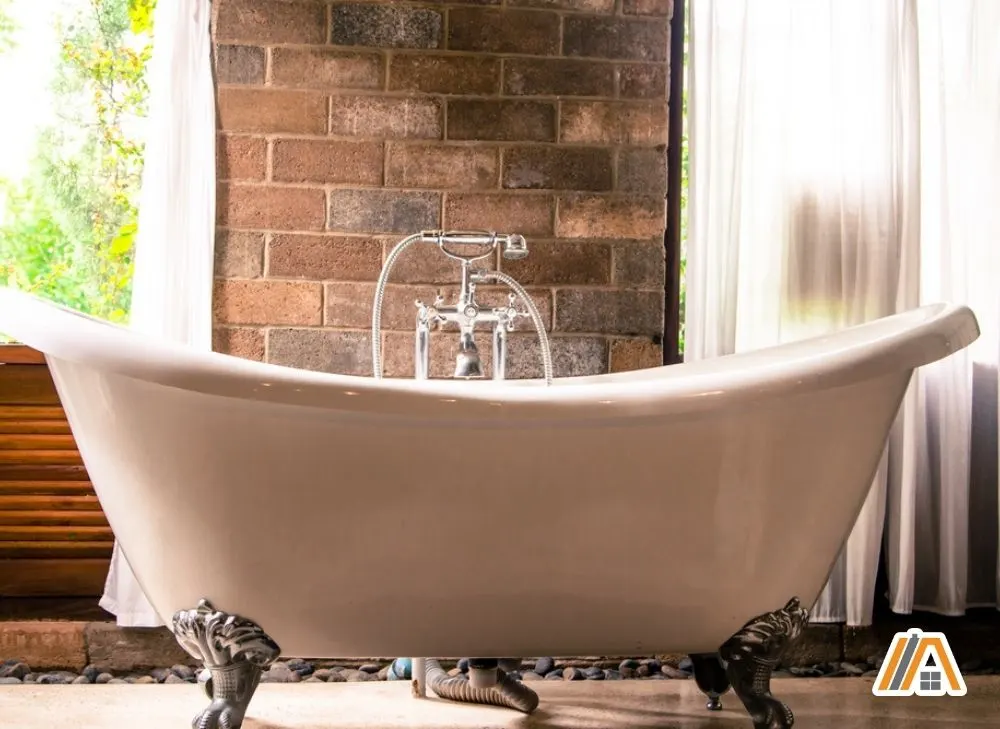
In British English, a bathroom still refers to a room that contains a bath or shower. Australia and New Zealand use the term bathroom in the same way as the British.
In American English, however, a bathroom is used to denote any room containing a toilet but only in the context of residential homes. They use a different term for public facilities, which we will get to later.
Countries like South Africa have the influence of having been colonized by the British but they are also heavily exposed to American English to television, movies, games, etc.
In South Africa specifically, the term is used to describe a public or private facility containing only a toilet and basin or including a bath/shower. However, if someone asks you for directions to the bathroom, they are specifically asking where the toilet (fixture) is.
In Canada, “bathroom” is not the most commonly used word, but if you use it, no one will be confused or offended.
Bathrooms themselves can be described in different ways. There are private, attached, and shared bathrooms, which have different implications, although there is also some overlap.
What Is a Restroom?
The term restroom developed from rooms equipped with comfortable sitting areas adjacent to the toilets in restaurants or up-scale theatres and entertainment establishments.
These rooms were common from 1900 to the 1970s. They did not indicate the toilet or bathroom in any way.
As is usual with English, the meaning of the term has changed.
Currently, the word restroom is used by Americans to indicate a room containing toilets and basins in a public facility.
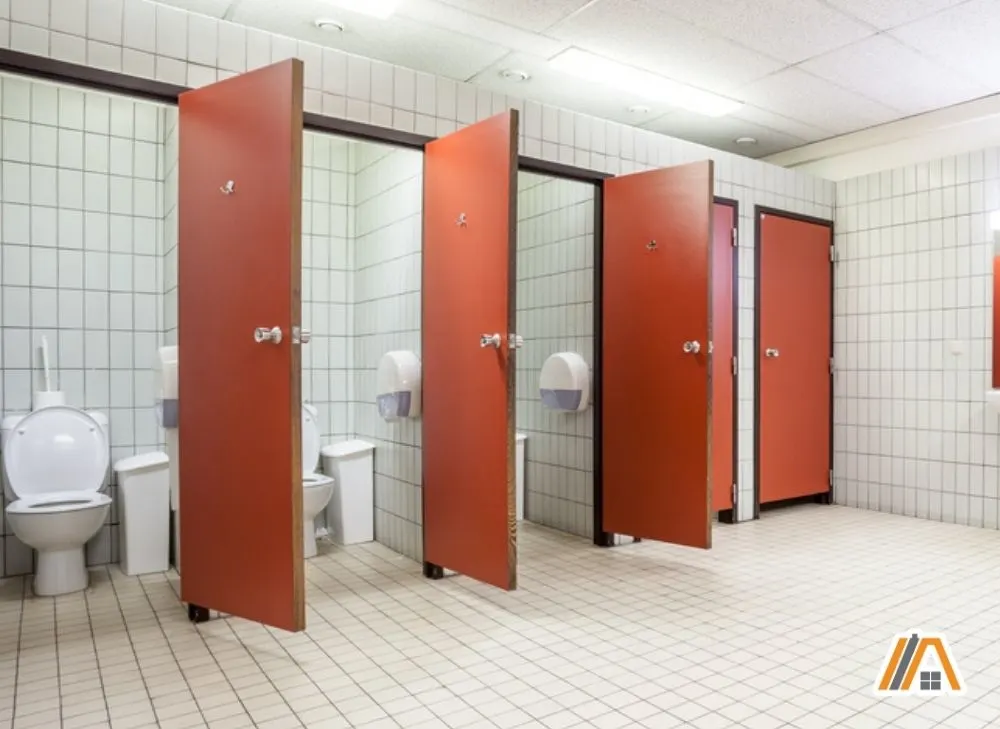
It is used almost exclusively by Americans in this way.
People in other countries may know what you are talking about when you say restroom, but this is only because of American TV and movies.
What Is a Washroom?
In Canadian English, a washroom refers to a room containing toilets and basins. This applies to both residential and public facilities.
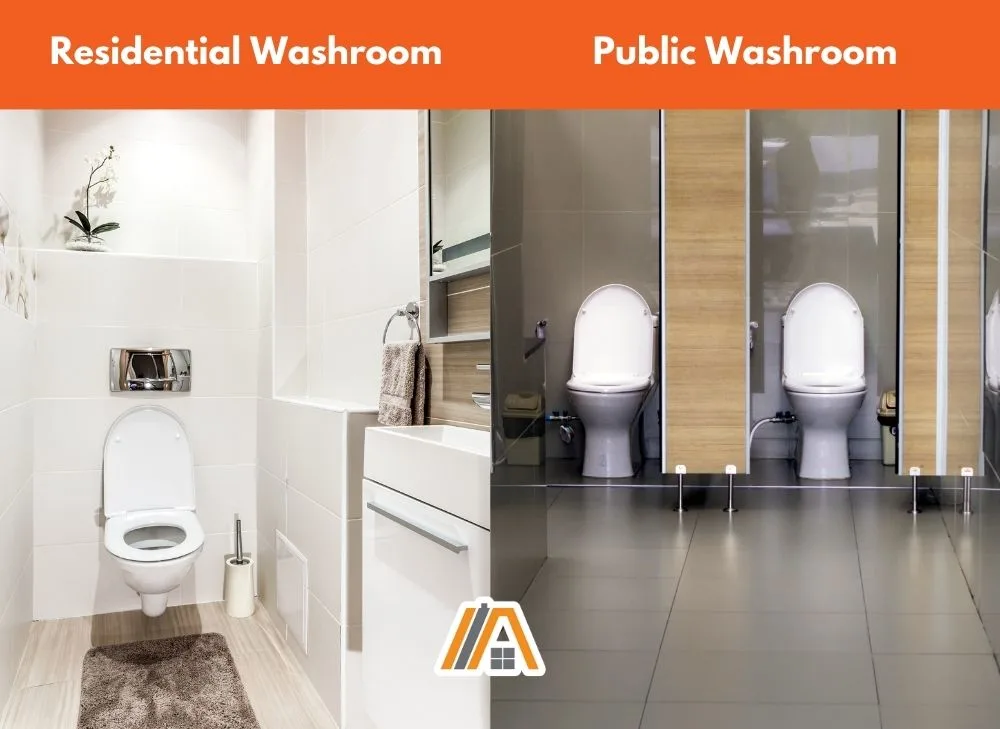
It is not commonly used in the United States to indicate a toilet facility, except in Chicago.
Washrooms for most other American English speakers and British English speakers refer to laundry or utility rooms.
In some upmarket entertainment facilities across the world, you may find both washrooms and restrooms.
With such a setup, the washroom is designed for people to go to the toilet and wash their hands; some may even contain showers. The restroom is a place to sit down and rest.
The two can be connected, with the access to the washroom being through the restroom.
What Is a Toilet?
In all countries, a toilet refers to the actual fixture—normally, consisting of a bowl and cistern.
In some countries, however, a toilet also refers to a room that contains one or more of the fixtures and can refer to both public and private facilities.
In Britain, Australia, and South Africa, it is acceptable to use the word toilet if you are referring to the room in which toilets (fixtures) are installed.
However, it is regarded as rude to ask where the toilet (room) is in American and Canadian culture. The term is reserved for the actual fixture, allowing use of it to be avoided. You can, instead, ask where the restroom, washroom, or bathroom is.

What Is a Lavatory?
The word lavatory developed from a Latin and French word lavare, which means to wash or a bowl to wash in.
Languages are constantly evolving, and the word lavare developed into two words, namely lavatory and latrine.
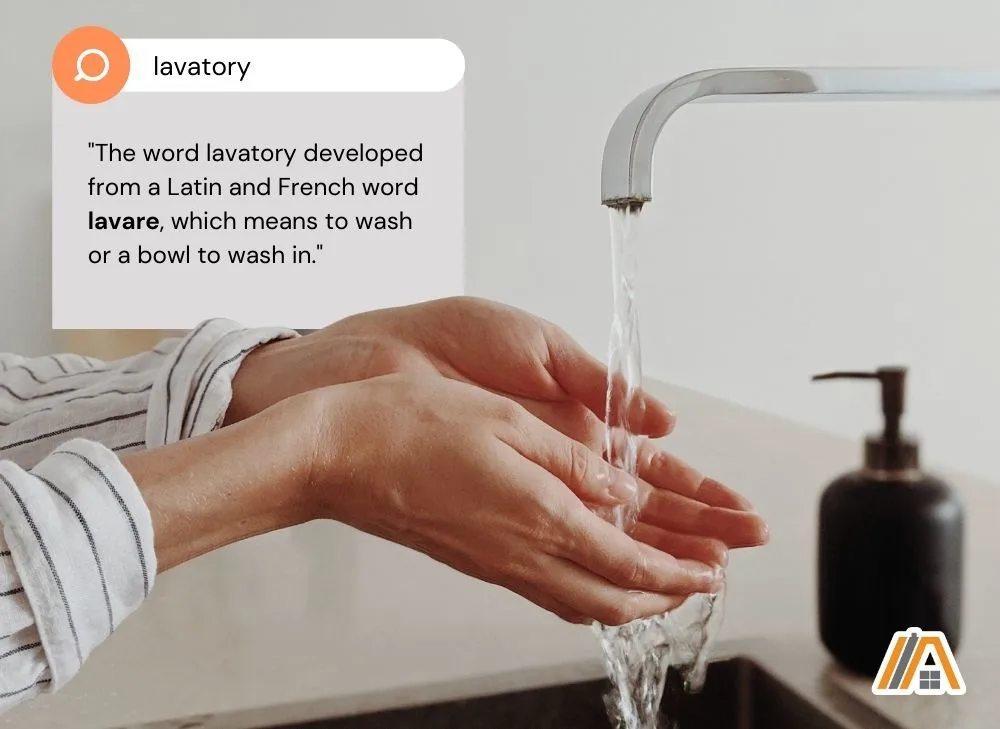
Initially, these words indicated washing or cleaning oneself. Later these two terms began to mean the place where you could relieve yourself.
The term lavatory is going out of fashion and is generally only used by older British people these days.
Latrine is not used commonly any longer, except in the military in Britain and some colonies/former colonies.
But even in the military, the word is beginning to be replaced by other words to indicate a toilet.
In the plumbing industry, schematics of plumbing systems often have the abbreviation lav. However, this is not used to refer to a toilet fixture. In this case, a lav. is a basin or permanently installed washbowl.
What Is a Loo?
In the early history of toilets, chamber pots were used for people to relieve themselves at night.
In French towns, they had the reprehensible and nauseating habit of emptying their chamber pots out of the house windows while shouting guardez l’eau (pronounced gardyloo). This means “watch out for the water.”
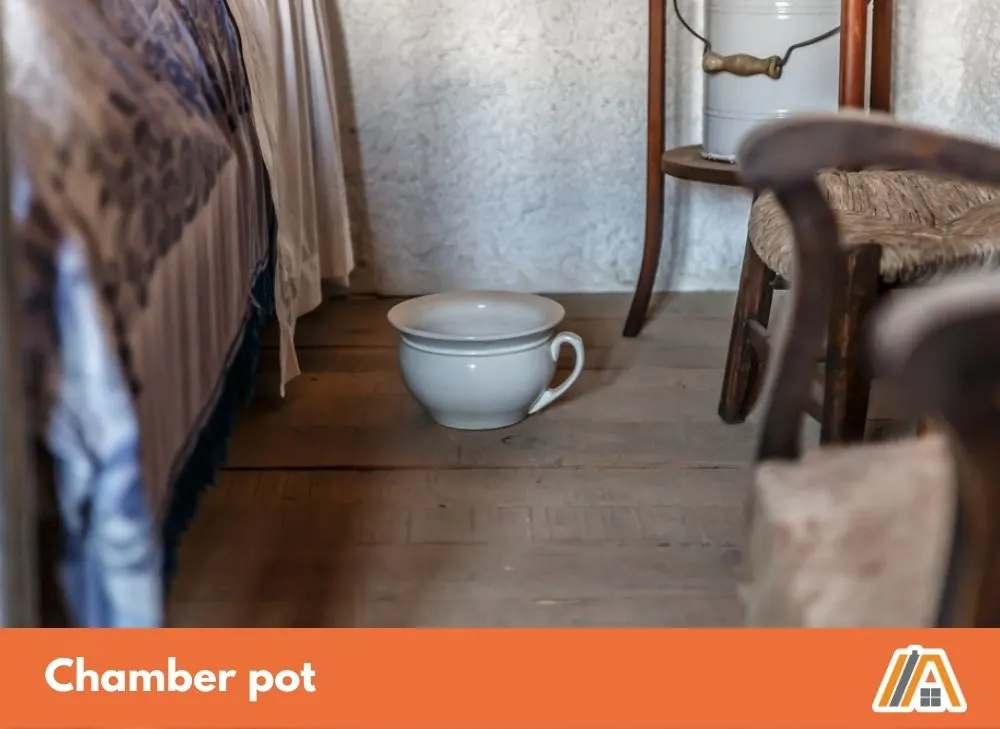
British soldiers witnessed this phenomenon during World War I. They then brought the shortened version of the term, loo, back to Britain.
By 1922, the word loo was being used extensively in Britain. It is now considered a polite and acceptable way to refer to the toilet (fixture) or bathroom (containing a toilet) in Britain and certain other countries that were colonized by the British.
What Is a Water Closet (WC)?
The Merriam-Webster dictionary defines a water closet as a small room or compartment that contains a flushing toilet.
The term water closet originated in England in 1870 and then started being used in the United States in the 1880s and 1890s.
Originally toilets were situated outside houses and were classified as outhouses. These were usually pit toilets that were ultimately replaced by flushing toilets.
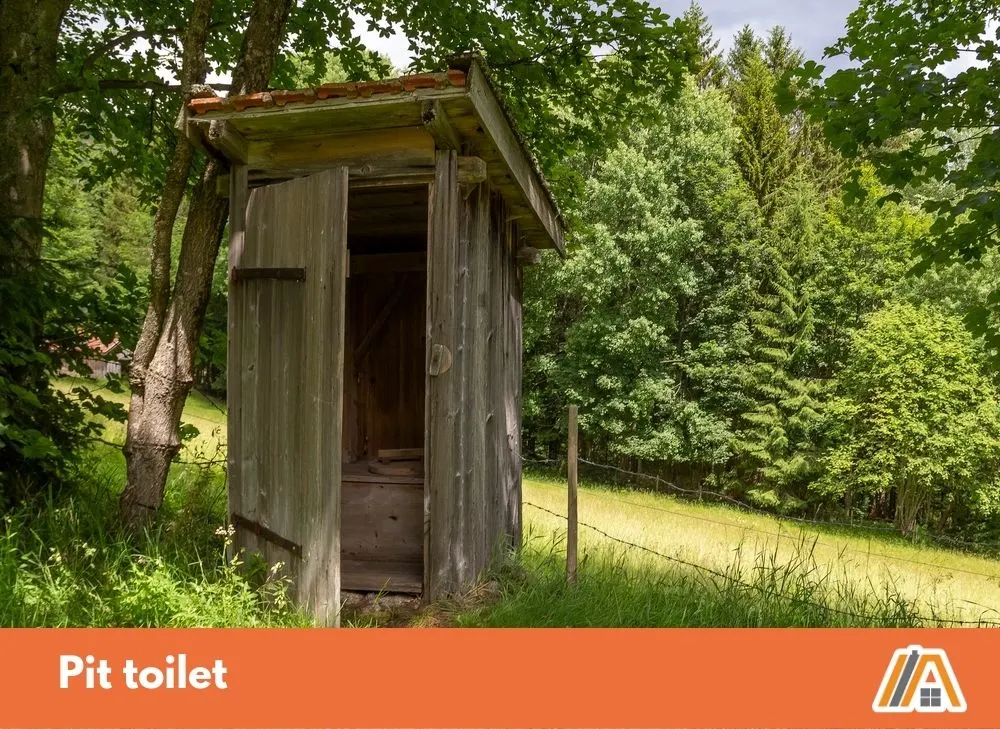
Eventually, people grew tired of braving the cold and inconvenience of going outside to the toilet. They converted indoor closets into rooms that accommodated toilets that flushed using water. Hence, the term water closets came into existence.
Often abbreviated to WC., the term is still used in much of Eastern Europe, Russia, parts of France, and some South American countries, even though they are not English-speaking countries.
Public toilet-containing facilities may be indicated by signs that simply say WC. So, if you are in one of these countries and need the bathroom urgently, look for these signs.
In the USA, it’s not commonly used anymore. However, it is still used in the plumbing industry. In the schematics of a plumbing system, WC. is used to refer to the toilet fixture.
What Is a Powder Room?
The term powder room was first used in print in 1927.
Women were not allowed in bars and the toilet-containing facilities adjoined the bars. As many hotels housed bars, they needed to make a room available for women to relieve themselves and wash their hands.
So, these rooms contained toilet fixtures and basins.
Women that wore cosmetics often refreshed their make-up when they went to the bathroom. This habit was the origin of the term “powder room”.
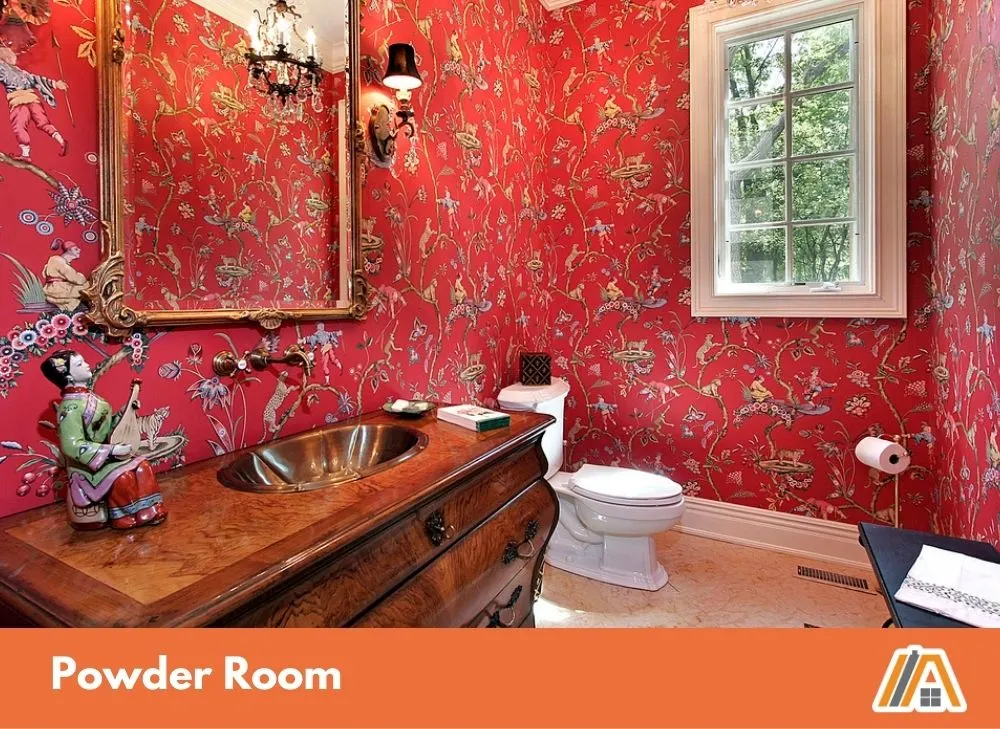
Saying that you are going to go and powder your nose was considered more polite than saying that you needed to use the toilet, bathroom, restroom, etc. Historically, referring to bodily functions was taboo, particularly when it came to women.
It is still used in some areas of America or in ultra-polite society, but common usage is diminishing.
In some areas in America, the powder room is used to refer to the guest half-bath in a house, i.e., a room near the living areas of the house (typically downstairs in a multi-story house) containing a toilet fixture and basin.
For a more in-depth history and definition, you can head to our dedicated article: What Is a Powder Room (Definition, history, and place in modern society).
What Are Gents and Ladies?
In most countries, the development of separate public toilets for men and women have became commonplace, particularly as these facilities contain multiple toilets in separate stalls, allowing more than one person to be in the room at a time.
In the United Kingdom, the men’s facilities were denoted by a sign saying Gentlemen, which was then shortened to Gents.
The Ladies was a place for women to use the bathroom.
Gents is a particularly British term. In the USA, it is more likely to be labeled Men. Ladies can still be found in the USA, but more likely, you will see Women.
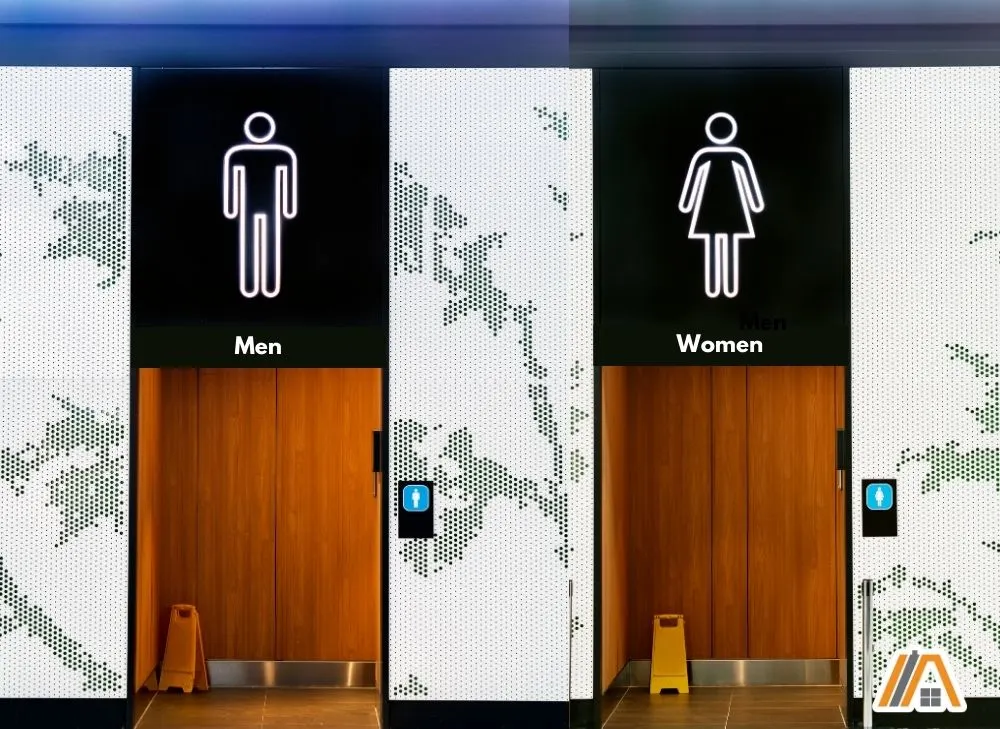
In many regions, however, the words have been replaced by signs that indicate gender. These are more inclusive for people who may not be literate.
What Is a Dunny?
A dunny is a term used exclusively in Australia. It comes from the rather impolite British word dunnekin, which means the dung-house.
As Australia was a British colony, many British terms found their way into the ordinary everyday Australian language.
The word dunny is still considered slang by official dictionaries. However, the Australians are very fond of their local terms, and it is helpful for you to know this term if you are ever visiting there.
